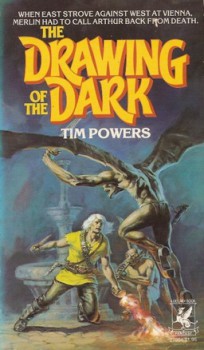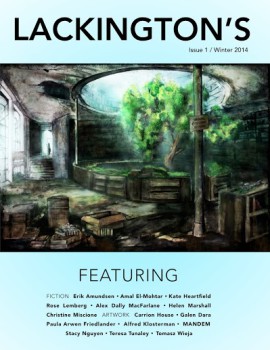A Bomb on the Highway: The Adventures of Captain Marvel, Chapter Eight: Boomerang
 Ease back in your seat and take a deep breath. That’s the way. Now a handful of buttered popcorn… wash it down with a swallow of soda pop. Your week of unbearable suspense is almost over, and now you can finally find out how Billy and Betty got out of last week’s impossible situation; the answer will be revealed in today’s chapter of The Adventures of Captain Marvel, “Boomerang.” (Notice I didn’t say “if they got out.” I respect your intelligence too much for that.)
Ease back in your seat and take a deep breath. That’s the way. Now a handful of buttered popcorn… wash it down with a swallow of soda pop. Your week of unbearable suspense is almost over, and now you can finally find out how Billy and Betty got out of last week’s impossible situation; the answer will be revealed in today’s chapter of The Adventures of Captain Marvel, “Boomerang.” (Notice I didn’t say “if they got out.” I respect your intelligence too much for that.)
This week’s catch-up title cards on last week’s episode are brief and to the point: “The Scorpion: Plans an elaborate trap to catch Captain Marvel.” “Barnett — Holds Betty and Billy Batson in a shack at the bombing range.” Now, as the magic name of Shazam passes your lips, prepare yourself for ten cents’ worth of suspense and superheroic thrills! (No refunds.)
Last week, we left Billy and Betty tied up in the shack at the bombing range, waiting for the other shoe… er, bomb, to drop. (What? Your town doesn’t have a bombing range? Mine either. The decline in social services these days is just shameful — libraries closed every other weekend, public parks run down and neglected, no bombing ranges… ) Betty calls for Captain Marvel on the radio, but is knocked out by a falling beam when the first bomb hits. Billy, meanwhile, struggles with his bonds — and his gag.
At the last moment, using the powerful jaw muscles he’s built up over years of broadcasting, Billy works the gag loose and shouts “Shazam!” Billy Batson vanishes, to be replaced by Captain Marvel, who quickly scoops up Betty (and the chair she’s tied to — Tom Tyler’s line readings are only fair, but he’s better at heavy lifting than any actor I’ve ever seen) and exits the shack, just an instant before it’s blown to pieces by a bomb.








